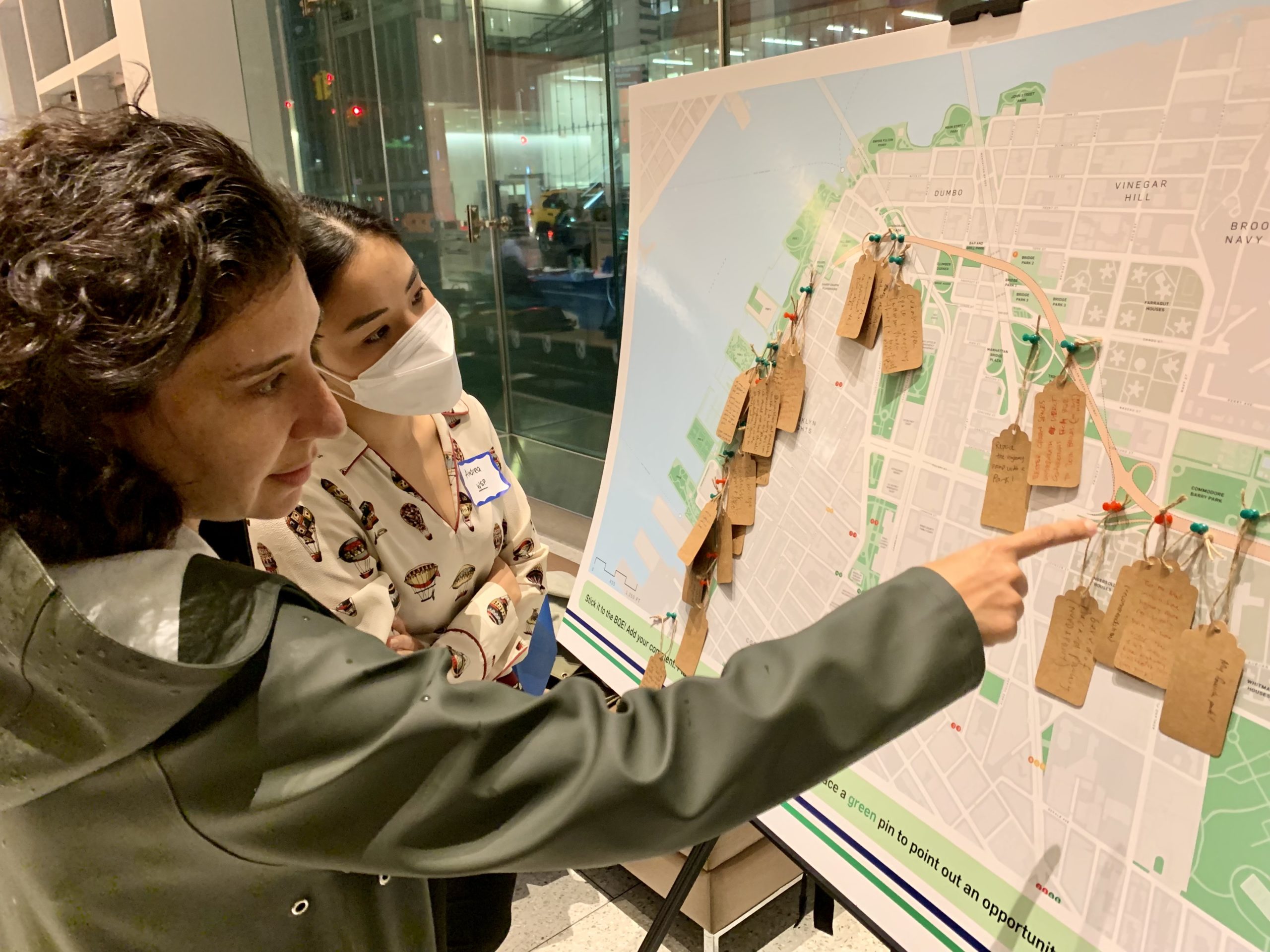Brooklyn Heights residents have mixed feelings about first ‘BQE Central’ engagement meeting
Postwar cantilever worn down by overweight trucks

BROOKLYN HEIGHTS — Dozens of Brooklyn Heights residents trekked to the New York City College of Technology on a rainy Thursday night to attend the NYC Department of Transportation’s first community engagement meeting for the redesign of the “Central” portion of the Brooklyn-Queens Expressway (BQE).
BQE Central is the dangerously decrepit section of the highway running from Atlantic Avenue to Sands Street, which includes the triple-cantilever underlying the Brooklyn Heights Promenade. This section needs to be replaced within a matter of years, or tens of thousands of trucks daily may need to be rerouted through Brooklyn’s residential streets.
This is the only section of the highway owned by the city and the section most in need of immediate reconstruction; the segments north and south of the triple cantilever (BQE North and BQE South) are owned by the state, and their redesign will take place on a more extended timetable.

Brooklyn Heights
View MoreRead the Brooklyn Height's Press and Cobble Hill News. Find out more about Brooklyn Height's History here.